
Pedro Reyes, PACE IN SPACE!, 2023, site-specific installation at Vancouver Art Gallery Offsite, Photo: Vancouver Art Gallery
Makiko Hara: How did you arrive at the idea for PACE IN SPACE!?
MH: I’m interested in your thoughts on how performance can lead to collective change, can you speak a bit about that?
PR: Antanas Mockus is one of my mentors. When he was Mayor of Bogota, he introduced certain elements in public administration that resembled performance art. For example, he put mimes in zebra crossings to confront drivers who overstep the crossing instead of having police write tickets. I think that is an interesting balance between control and self-control, and a test of if performance can produce cultural change. There is also an element of play, which is a word that is a little bit corny to use.
MH: I’d like to hear a bit more about the sculpture component, because that’s also very unusual for you, maybe I forced you to make that kind of piece because of the context. But at the same time, everyone loves the extreme scale and colours of the sculpture. And it’s become almost like a kind of new inhabitant on the street. How did you determine the size and colours, and where did the shape come from?
PR: I rarely work with such bright colours. The scale also was connected with the idea of these creatures taking over the city. The notion of cars with legs is connected to two ideas. One, I think in the 1990s, I was very interested in the writing of philosopher Manuel DeLanda, who analyzed cities and described them as chemical clocks, and he also would talk about the machinic phylum. The machinic phylum is another branch of evolution. So, in my work I have always thought that all the machines have a similar kind of family tree and life cycles as living organisms. At some point, I made a small sculpture of these, with the shape of this instrument, called Machinic phylum, which is a car with legs. Around 2000, I developed a startup called aventon.com, which was designed to allow you to enter your location into your phone and someone would collect you and take you to your destination. So pretty much like Uber or all the other apps. Two years before Uber. The logo was a little creature, a car with legs.
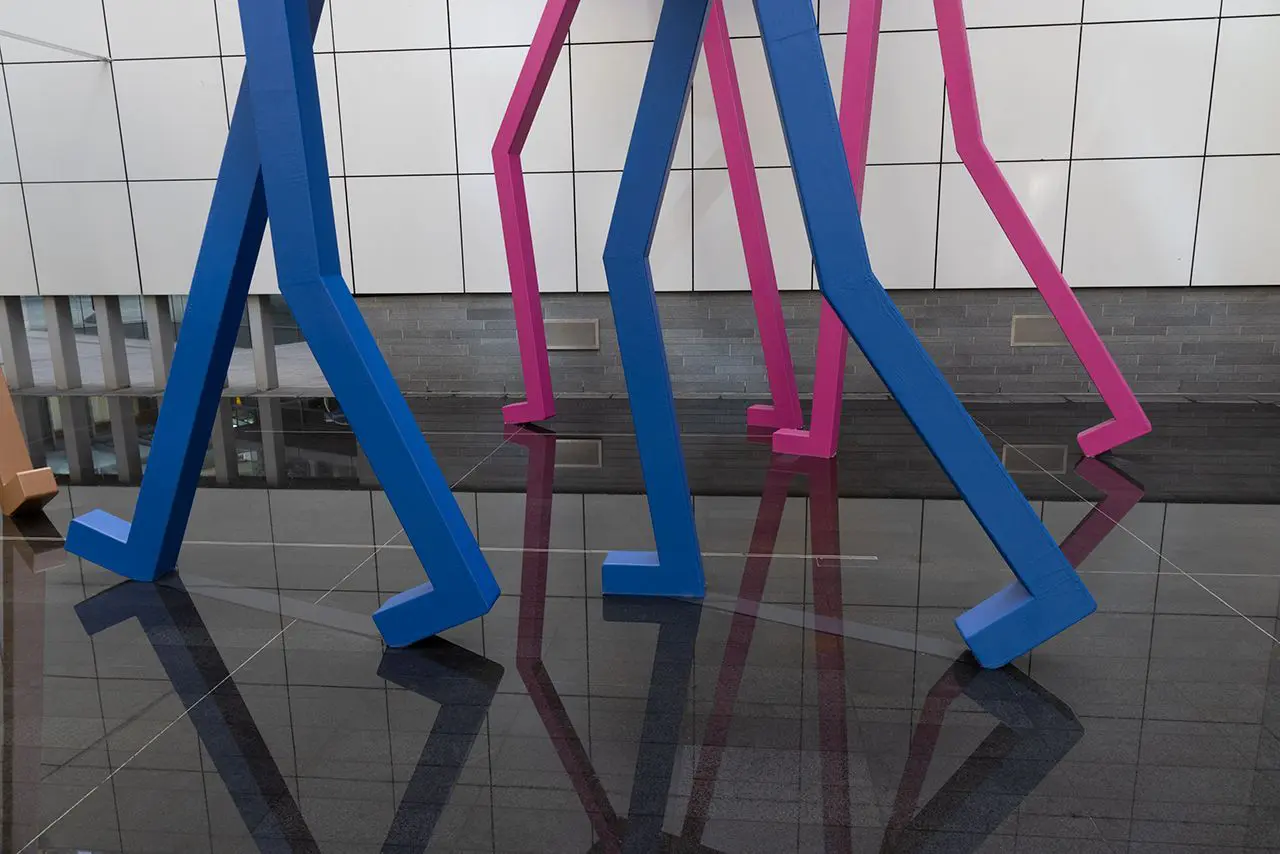
MH: I’m curious about your research for the book Monumental, which focuses on public sculpture in Mexico from 1927, before the war, to 1979. It’s such amazing scholarly research and I’d like you to offer some insight about how you think about public sculpture in the contemporary context.
PR: Perhaps one of the things I wish is that more of these kinds of public interventions were permanent. I believe they can become kinds of records of different periods that we as artists sometimes have not been present enough in the shaping of our living environment. At least in the case of Mexico, you see very strong production throughout the 20th century up until the 70s. Now, I’ve started to do performances and actions in the streets. And today, monuments have become a target of a lot of criticism because in some cases they feature oppressors or symbols of colonialism. The public art that was produced during what is called the Mexican Renaissance was nationalistic, but you have to put this in the context that this is a country that spent 300 years as a colony and was establishing its identity as a new nation. You need nationalism to overcome your colonial past. It’s very different from Canada. Because in Mexico, there was praise of Indigenous cultures and it was basically a socialist Indigenista revolution. So there’s nothing to be ashamed of in these periods of production of art; they are not really symbols of oppression, but symbols of liberation. But nevertheless, in the current canon, they are considered as something dogmatic and state sponsored. So, I wanted to call attention to the fact that I think that monuments were attacked in very general terms and became not viable anymore. And I think that public art and monuments are still possible. Because if you don’t fill that public space with art of quality, it will be filled by publicity, or something else. Public art is like a museum that is open 24 hours a day and it’s free.
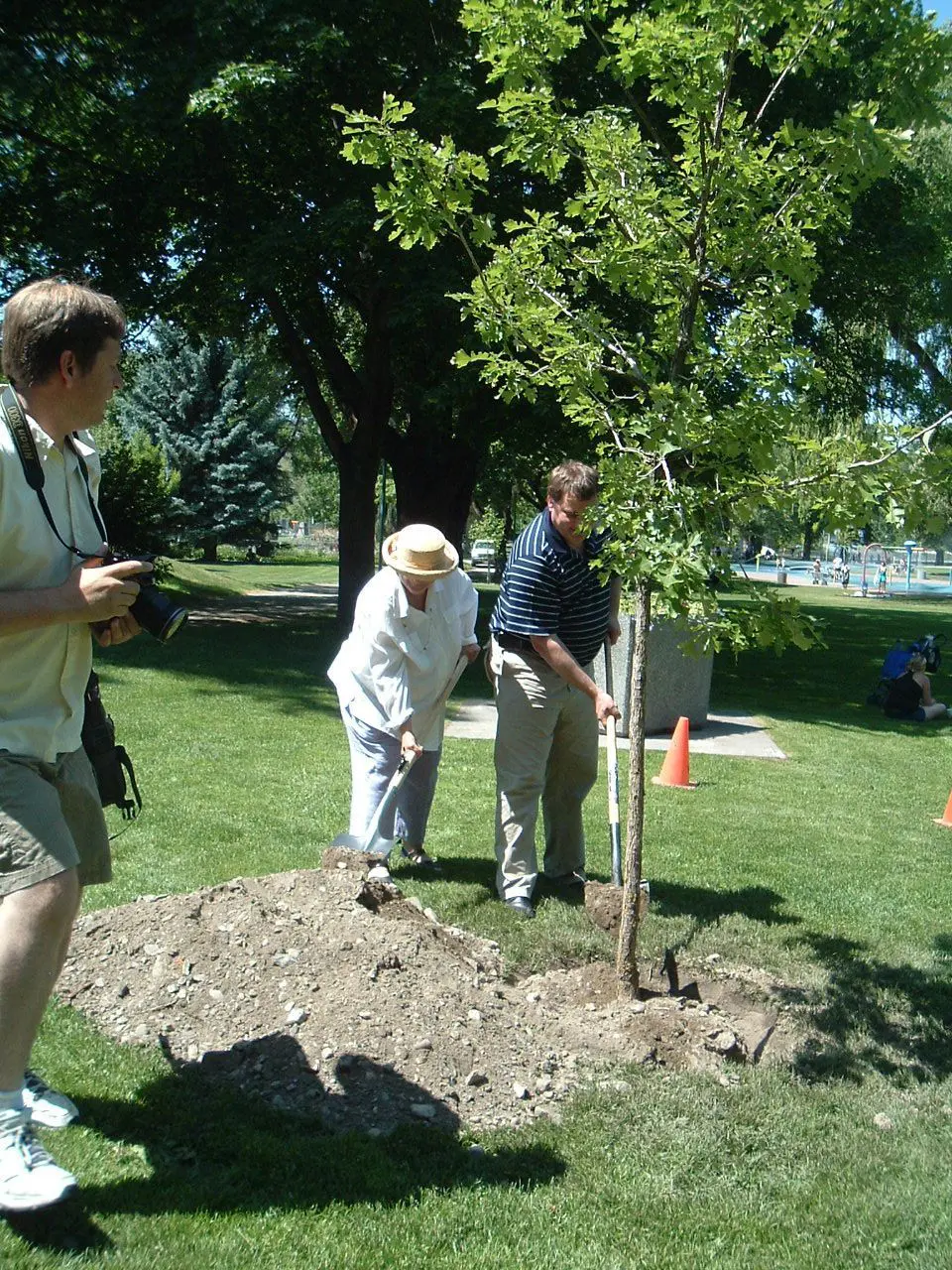
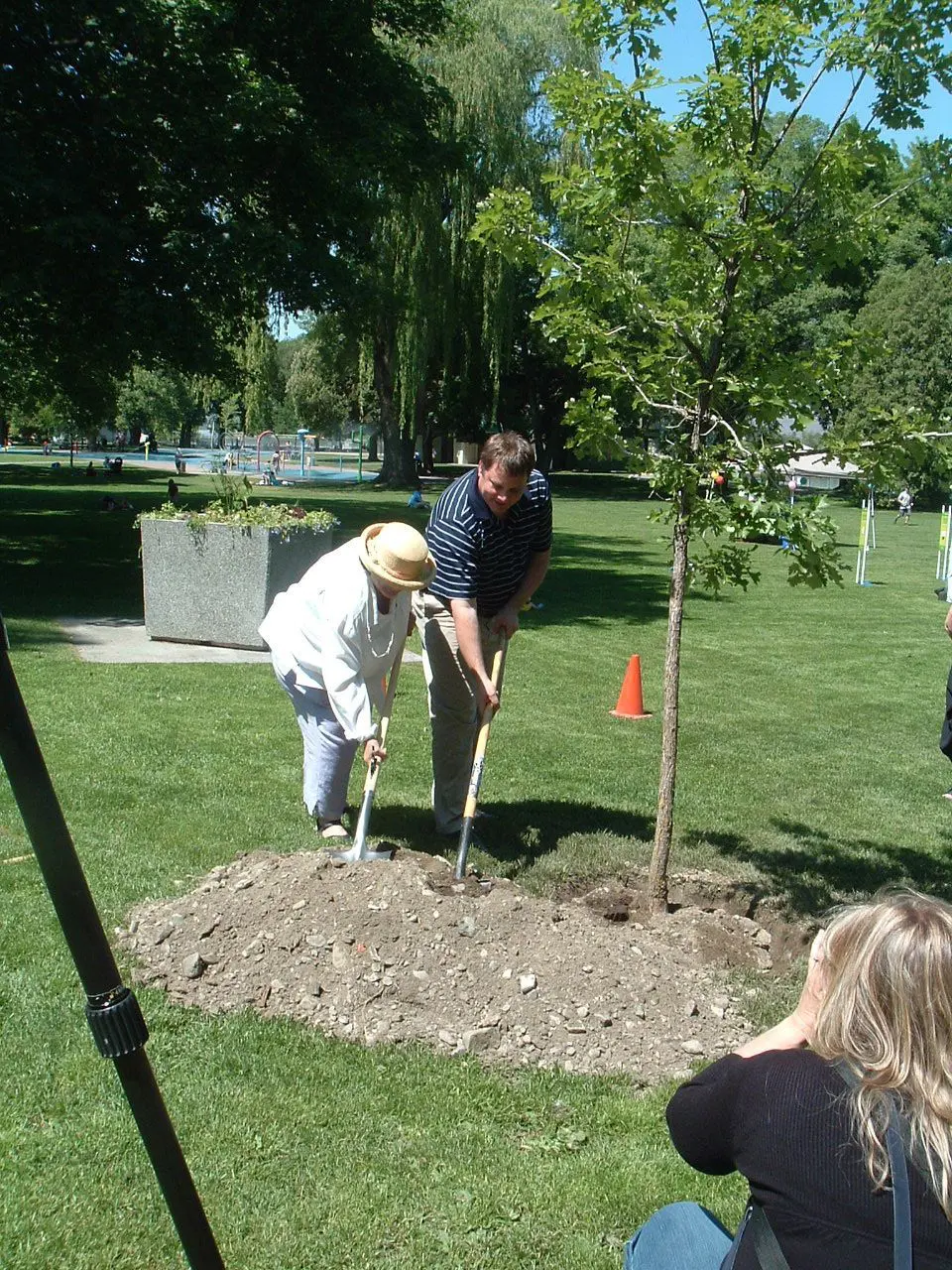
MH: Finally, I wanted to ask you about the tree that was planted in Strathcona’s MacLean Park as part of a project you did with the Vancouver Art Gallery in 2008. I visited last week and it was very emotional for me. So how did that come to be? And I know that you’ve mentioned that you have planted trees in so many different places.
PR: Well, the nice thing is that the way the Vancouver Art Gallery approached planting that tree set a standard. We brought the tree into the collection of the museum. So now the importance of looking after the tree is explained to other venues, and it’s because of the standard that the Gallery set. And the beautiful thing is that now like 15 years have passed and it’s very nice to see your tree. I’m glad that you mentioned it. In 2028, when the project turns 20 years old, maybe I will put out a book with all the places where these trees have been planted with photographs of when they were planted and how tall they are now.
MH: How many trees did you plant?
PR: Like 1,500, but many were planted at the same time. They are in around 80 locations.
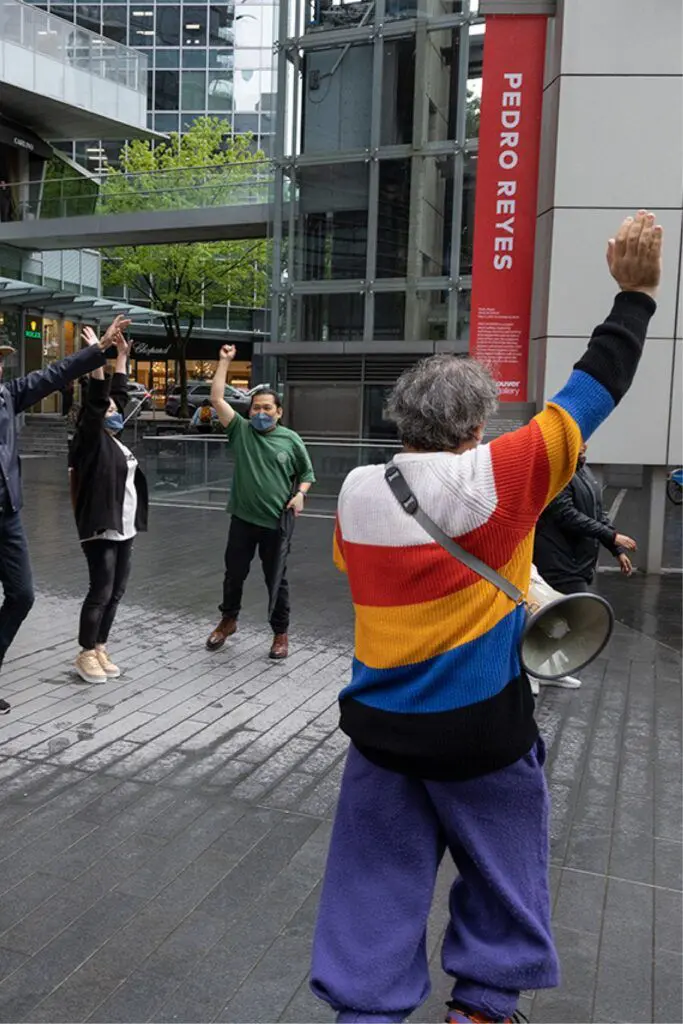
ABOUT THE ARTIST
Pedro Reyes (Mexico City, 1972) studied architecture but considers himself a sculptor. His works integrate elements of theatre, psychology and activism and take a variety of forms, from penetrable sculptures to puppet productions. Significant works include Palas por Pistolas (2007–present), Sanatorium (2011), Disarm (2013), pUN: The People’s United Nations (2013) and Doomocracy (2016). Reyes was commissioned by the Bulletin of the Atomic Scientists together with the International Campaign to Abolish Nuclear Weapons (ICAN)—winners of the 2017 Nobel Peace Prize—to raise awareness of the growing risk of nuclear conflict. Reyes held a visiting faculty position at the Massachusetts Institute of Technology in 2016. For his work on disarmament, he received the Luxembourg Peace Prize in 2021. In the last year, Reyes has held three survey exhibitions: Escultura Social at the Monterrey Museum of Contemporary Art (MARCO) in Monterrey, Mexico; Sociatry at MARTa Herford in Herford, Germany; and DIRECT ACTION at SITE Santa Fe, New Mexico.
ABOUT THE CURATOR
Makiko Hara is an independent curator, lecturer, writer, and art and cultural consultant based in Vancouver. From 2007 to 2013, she was Chief Curator/Deputy Director of Centre A: Vancouver International Centre for Contemporary Asian Art. In addition, she has worked with many local and international visual artists on a variety of large-scale projects as an independent curator, including Scotiabank Nuit Blanche, Toronto (2009); AIR YONAGO, Tottori Geijyu Art Festival, Yonago, Japan (2014–15); Fictive Communities Asia– Koganecho Bazaar, Yokohama, Japan (2014); and Rock Paper Scissors: Cindy Mochizuki, Yonago City Museum of Art, Tottori, Japan (2018). Hara was a Guest Curator of Koganecho Bazaar in 2014, and at Kamloops Art Gallery in 2021. Between 2017 and 2022, Hara served the advisory committee at the International Exchange Center, Akita University of Art, Japan, and organized numerous international exchange programs. Hara co-founded Pacific Crossings, a British Columbia-based curatorial platform, in 2018. Pacific Crossings has initiated and organized numerous conversations, residencies and both online and offline cultural exchanges across the Pacific. Hara received the Alvin Balkind Curator’s Prize in 2020.
Offsite: Pedro Reyes was organized by the Vancouver Art Gallery on behalf of the City of Vancouver’s Public Art Program and guest curated by Makiko Hara. It was presented from May 5, 2023 to April 21, 2024.
Offsite is the Vancouver Art Gallery’s outdoor public art space in the heart of the city. Presenting an innovative program of temporary projects, it is a site for local and international contemporary artists to exhibit works related to the surrounding urban context. Featured artists consider the site-specific potential of art within the public realm and respond to the changing social and cultural conditions of our contemporary world.
Since the launch of Offsite in 2009, the Vancouver Art Gallery has presented twenty-five public artworks in the forms of sculpture, multimedia, film, ceramic and photo-based installations.
CURATOR: Makiko Hara
PROJECT MANAGER: Julie Martin, Curatorial Assistant, Vancouver Art Gallery
ARTWORK: Pedro Reyes, PACE IN SPACE!, 2023, installation, Courtesy of the Artist; Pedro Reyes, Palas por Pistolas, 2007, metal, wood, live plant material, Collection of the Vancouver Art Gallery, Purchased with funds from Sherry Killam, tree planted in collaboration with the Vancouver Board of Parks and Recreation
PHOTOGRAPHY: Kyla Bailey, Vancouver Art Gallery
© 2024 Vancouver Art Gallery
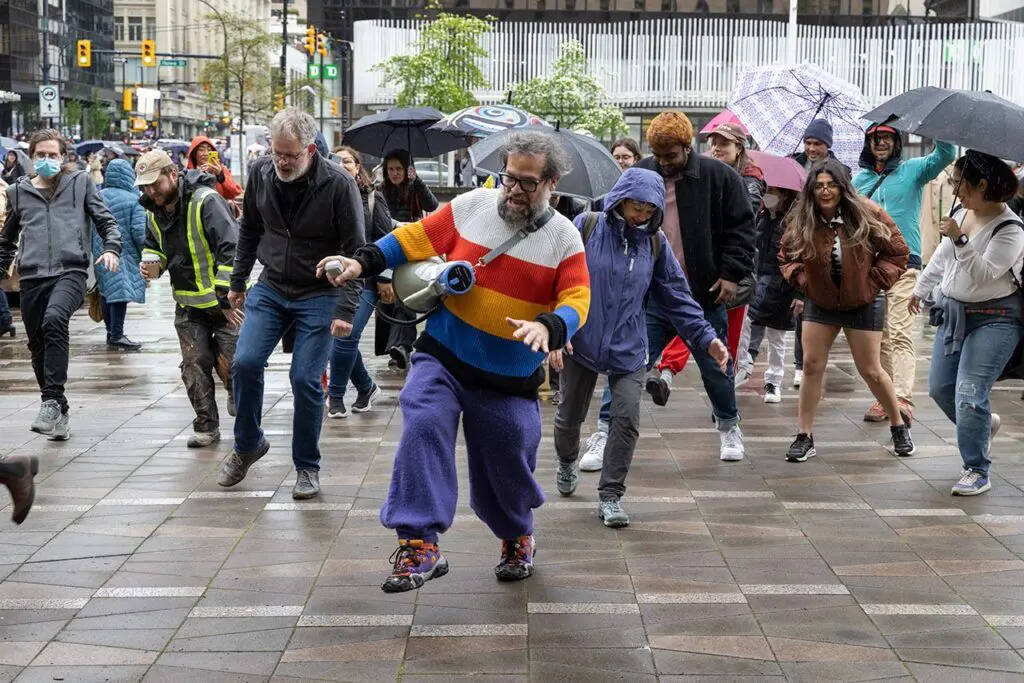

Offsite is organized by the Vancouver Art Gallery on behalf of the City of Vancouver Public Art Program. The Gallery recognizes Ian Gillespie, President, Westbank; Ben Yeung, President, Peterson Investment Group; and the residents of the Shangri-La for their support of this space.